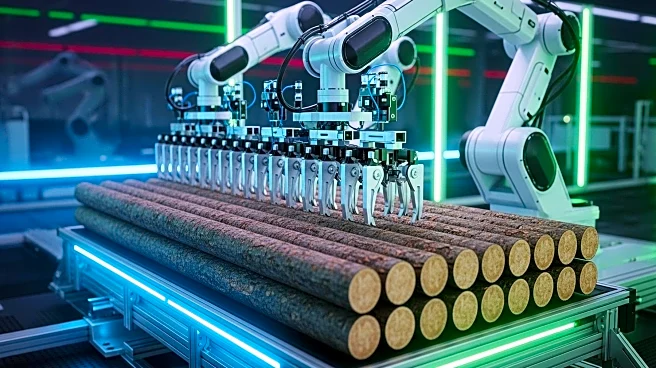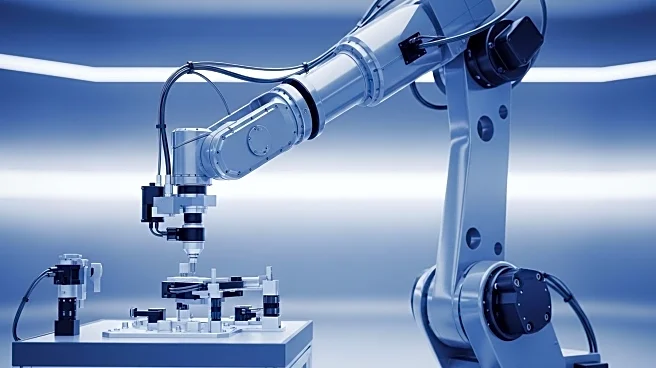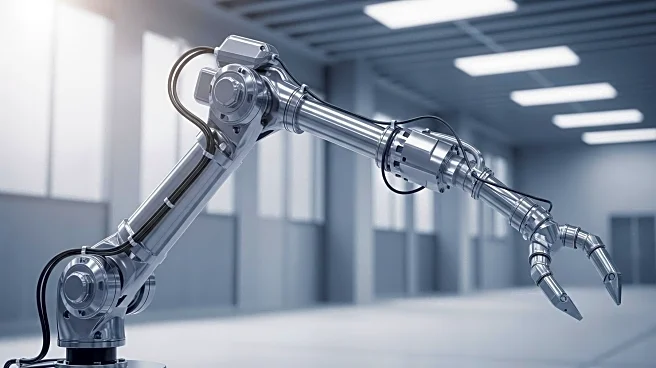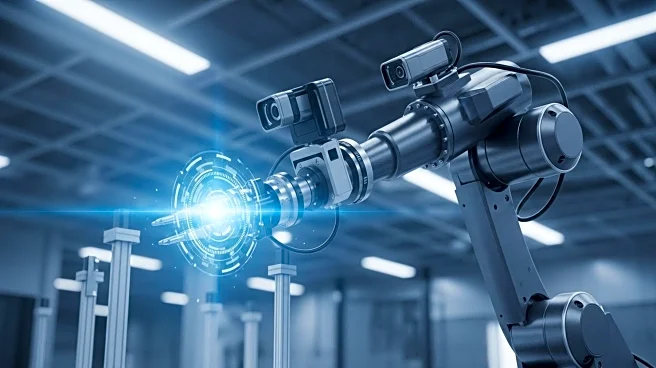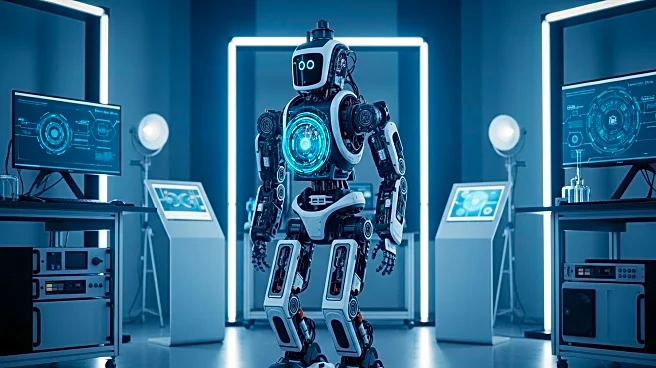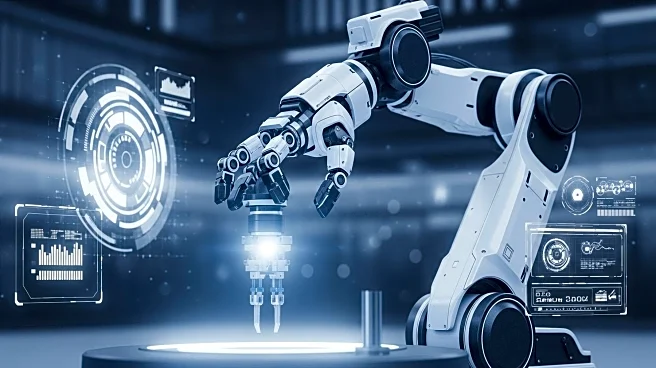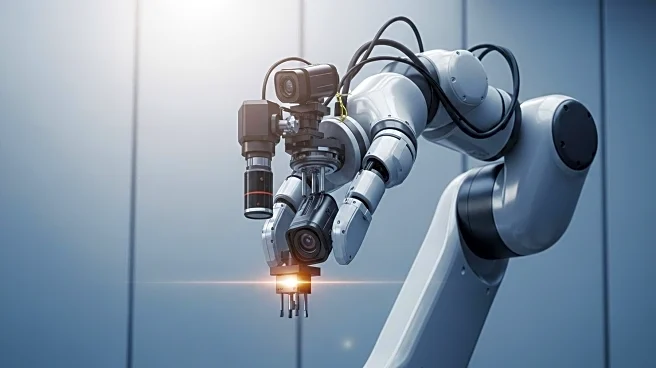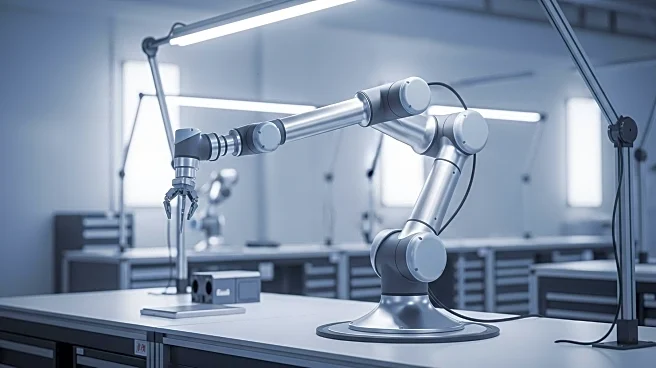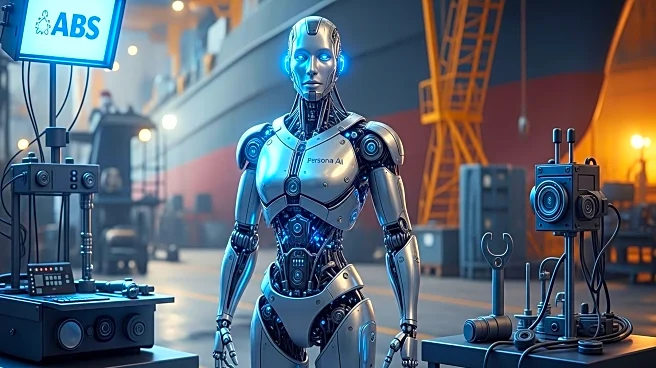What's Happening?
The integration of robotic systems and sensor data is transforming workplace injury claims by providing objective, data-driven analysis. Traditionally reliant on conflicting eyewitness accounts, injury investigations now utilize telemetry data, including timestamps, motion trajectories, and force feedback measurements. This shift allows for precise reconstruction of accidents, particularly involving collaborative robots and autonomous mobile robots. The preservation and analysis of robotic data require technical expertise to ensure data integrity and admissibility in court.
Why It's Important?
The use of robotic data in workplace injury claims enhances accountability and precision in safety investigations. This development could lead to faster resolution of claims and reduced legal costs, benefiting both employers and employees. The objective nature of robotic data minimizes disputes over accident details, potentially improving workplace safety standards. As industries increasingly adopt automation, the ability to accurately assess incidents may drive advancements in safety protocols and robot design, promoting safer work environments.
Beyond the Headlines
The reliance on robotic data in legal proceedings raises questions about data privacy and ownership, as companies may resist sharing information that could imply liability. The need for technical and legal expertise to interpret data underscores the evolving nature of workplace safety investigations. This shift may influence regulatory frameworks, prompting updates to legal standards for digital evidence. The collaboration between legal and technical specialists is crucial in navigating these challenges and ensuring fair outcomes in injury claims.

